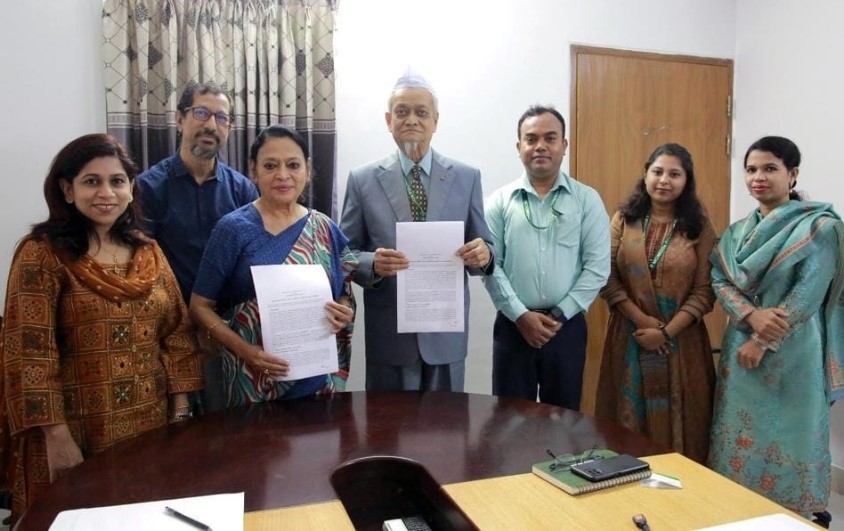- Institute of Developing Economies, Japan External Trade Organization (IDE-JETRO)
- Dr. Momoe Makino
- Dr. Abu S. Shonchoy
- Md. Rahidul Islam
- Jahangir Alam
Gaibandha district lies below the poverty line and is very prone to child marriage. Various research shows that about 70% of girls in Gaibandha suffer from early marriage, and 64% of girls among them get pregnant before 18 years, leading to crucial problems like maternal death, malnutrition of children, infant mortality, etc. In collaboration with IDE JETRO, MOMODa FOUNDATION aims to observe, even if early marriage takes place, how adolescents aged 14-17 years can delay their pregnancy by disseminating sexual and reproductive health information, free consultation on different preventives, and providing contraceptive pills and kits. MOMODa has already signed an MOU with RHSTEP, which will help with consulting and providing healthcare services.
Child marriage is a serious social problem that affects millions of girls in Bangladesh. According to UNICEF, Bangladesh has the fourth highest rate of child marriage in the world, with 53% of all marriages involving girls under 18 in 2019. Child marriage has negative impacts on the health, education and happiness of little girl and their families. One of the serious consequences of child marriage is early pregnancy, posing a great danger to the lives of mothers and children. A study by MOMODa FOUNDATION found that adolescent girls are more likely to experience birth complications and perinatal death than adult women. The study also showed that the time from first marriage to pregnancy did not differ depending on the woman’s age at marriage, meaning that most girls became pregnant soon after marriage. Early pregnancy can also disrupt girls’ education and limit their opportunities for personal and economic development.
